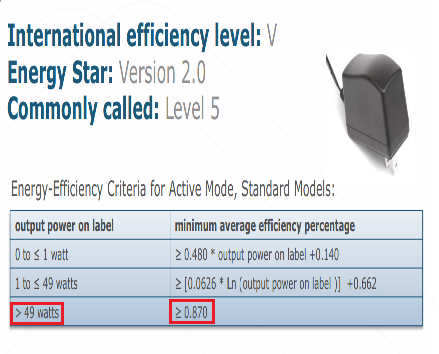fatslob-:O said:
I didn't read the article because it provided no relevance to the subject at hand ... If you actually knew some of this stuff then you wouldn't be posting such trivial things. http://www.anandtech.com/show/2794 Anandtech has a good article on this subject and "Triple Buffering" allows for variable framerates in an environment where refresh rates are synchronized. To cut it short, YOU DIDN'T know anything about the subject initially. It's as simple as that ... |
interesting article, but then again why you mention it has nothing to do with performance when reliable source articles say so?
here
http://www.ogre3d.org/tikiwiki/tiki-index.php?page=Deferred+Shading
"
Deferred Shading Advantages
The main reason for using deferred shading is performance related. Classing rendering (also called forward rendering) can, in the worst case, require num_objects * num_lights batches to render a scene. Deferred shading changes that to num_objects + num_lights, which can often be a lot less.
Another reason is that some new post-processing effects are easily achievable using the G-Buffer as input. If you wanted to perform these effects without deferred shading, you would've had to render the whole scene again.
Deferred Shading Disadvantages
There are several algorithmic drawbacks with deferred shading - transparent objects are hard to handle, anti aliasing can not be used in DX9 class hardware, additional memory consumption because of the G-Buffer.
In addition to that, deferred shading is harder to implement - it overrides the entire fixed function pipeline. Pretty much everything is rendered using manual shaders - which probably means a lot of shader code.
"
or perhaps you would prefer
http://www.cse.chalmers.se/edu/year/2011/course/TDA361/Advanced%20Computer%20Graphics/DeferredRenderingPresentation.pdf
"
Deferred Rendering Pro
• Complexity
• Shades only visible pixels
• Few shaders
• Post-processing stuff ready
• Lots and lots of Lights!
Deferred Rendering Con
• Lots of memory
• Bandwidth!
• Transparency
– G-buffers store one value per pixel
• Antialiasing
– MSAA
"
Seems you again didnt care to read my response while i have read yours, what kind of respect is that?
sorry dude, you may have known more abut the triple buffering, but as for the gbuffers and deffered rendering either you knew nothing or maybe you just pretneded not to since wouldnt be convenient for your hidden purposes. And if you have doubts, yes the triple buffering they are talking baout is for the deffered rendering
"
@MaxWill37699872 Deferred rendering needs multiple framebuffers. We also store GPU computed intermediate buffers there for faster access.
"


















